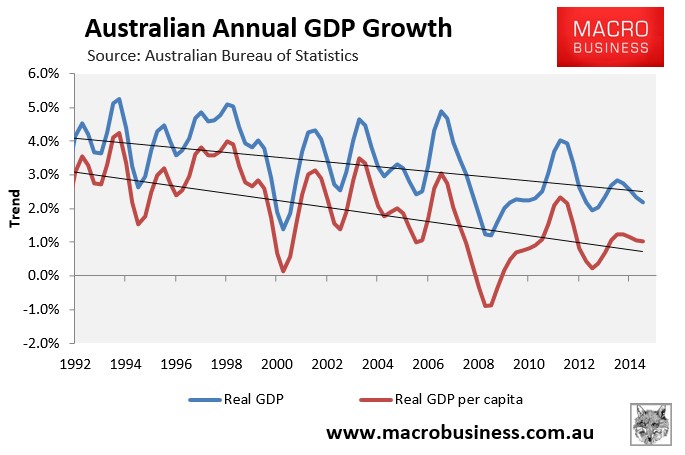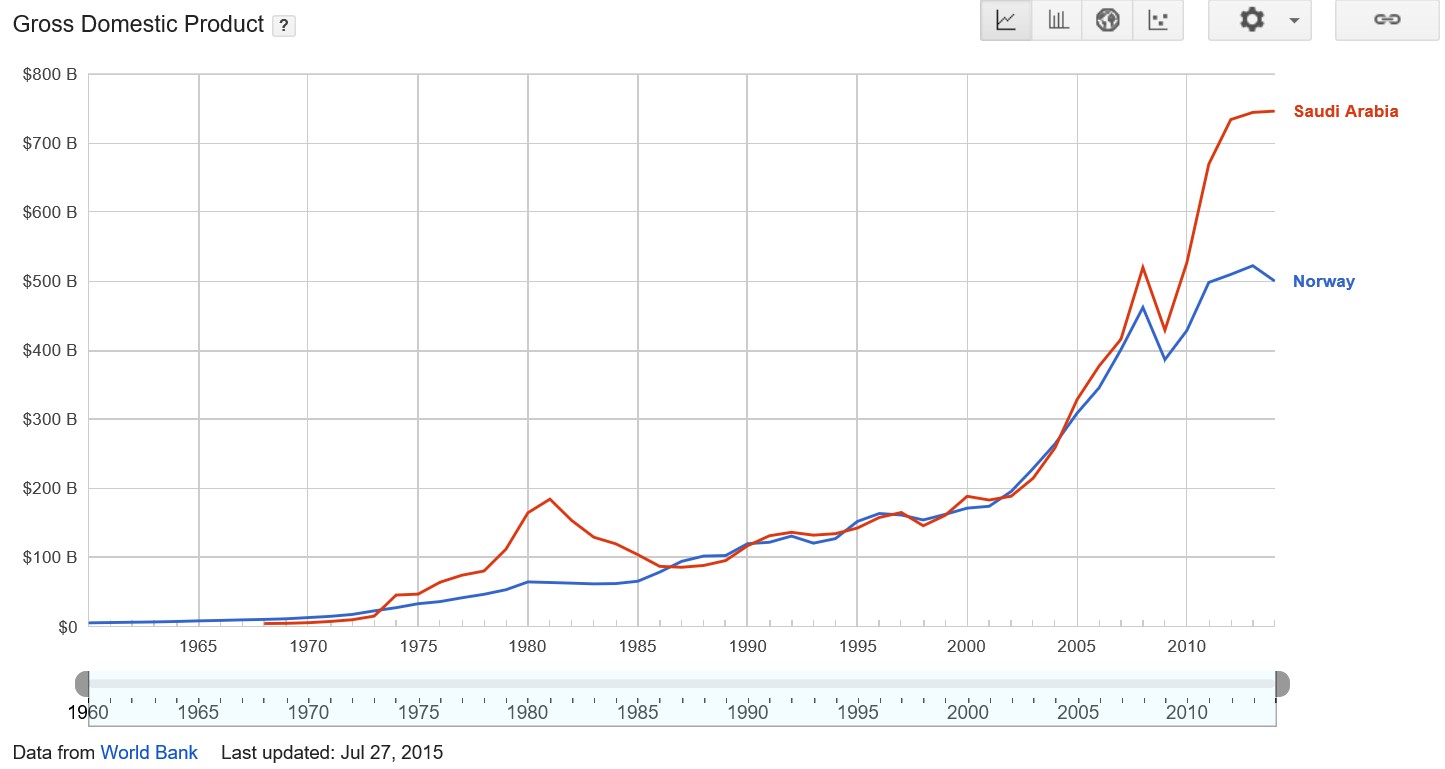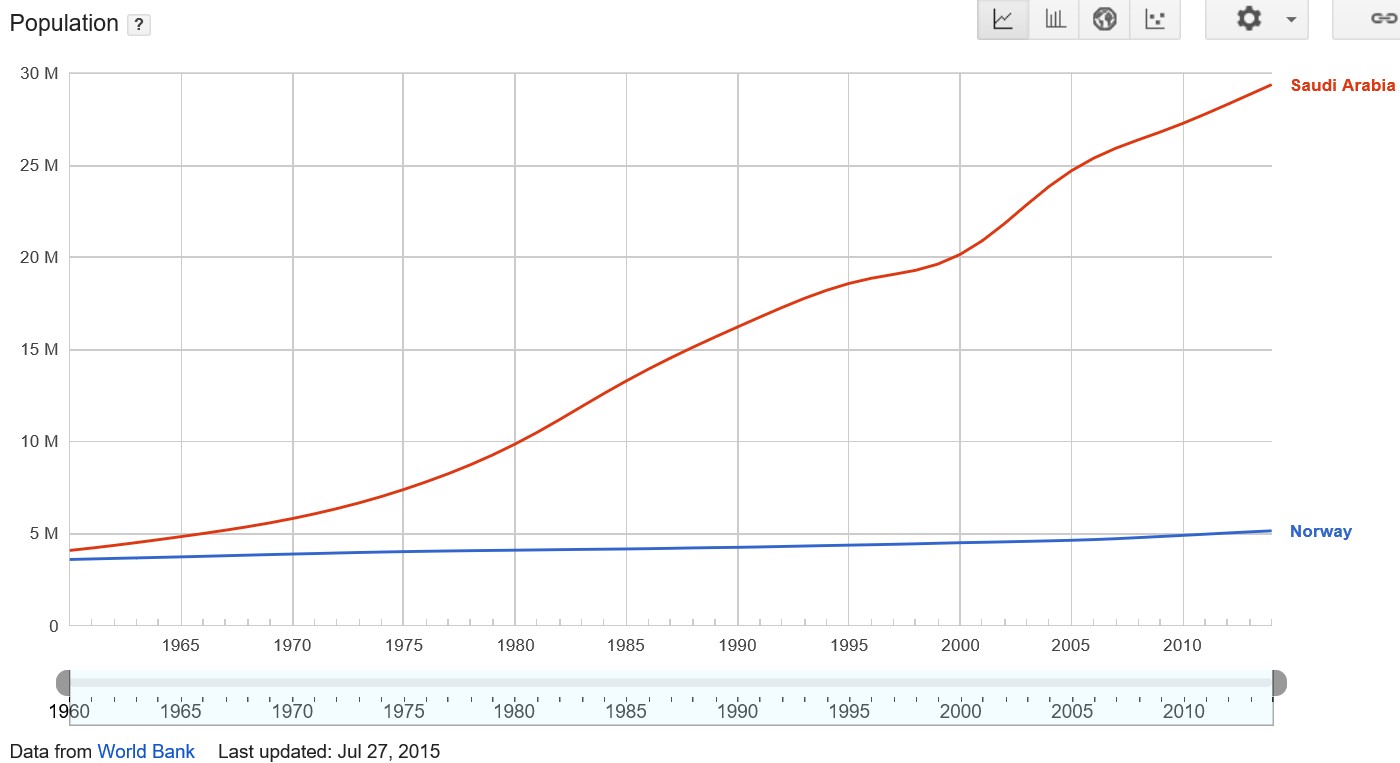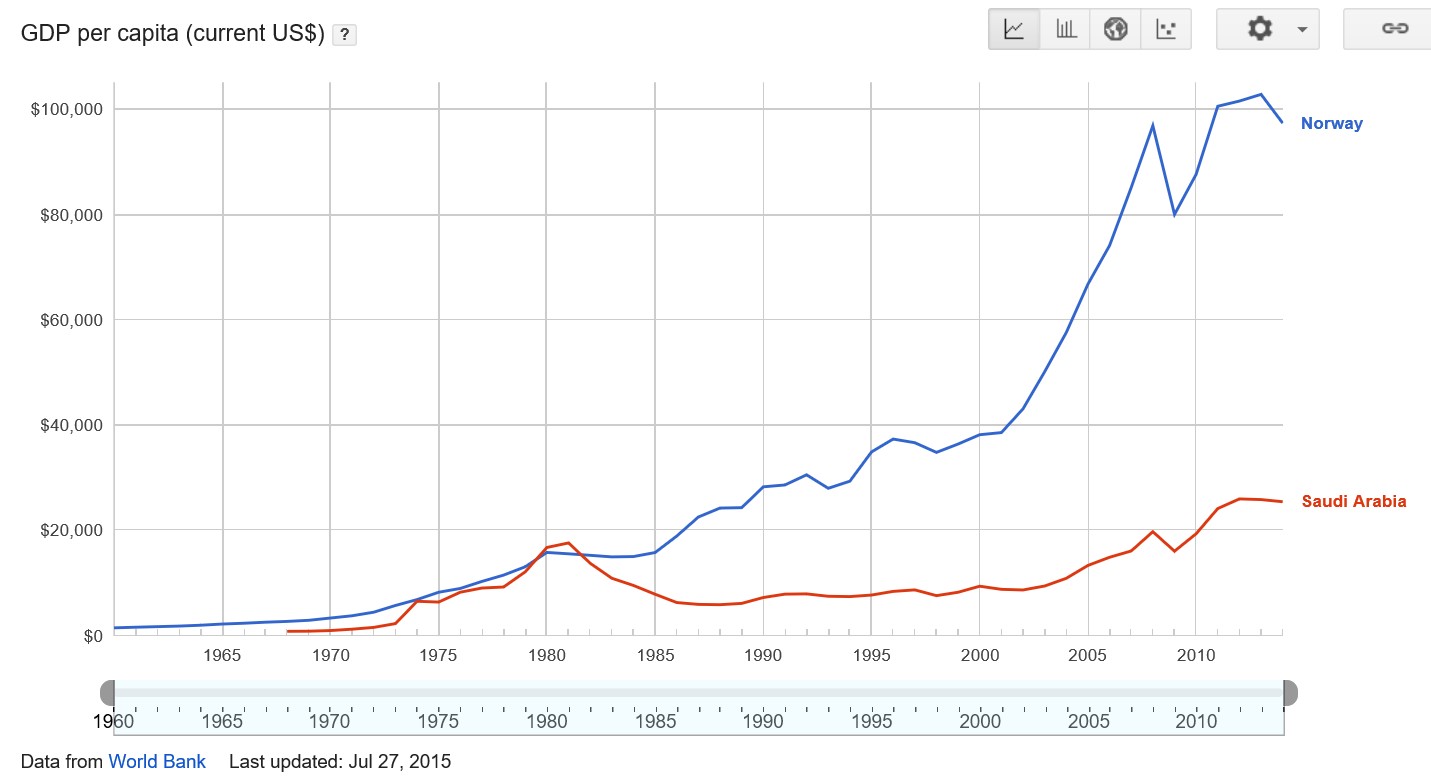I am usually a big fan of Fairfax’s Peter Martin. However, he has lost the plot today, urging Australia to throw open its border to allow mass immigration:
Immigration makes us richer… So big has been the economic boost from increased immigration over the past decade that [Bob] Gregory compares it to the mining boom. He says it eclipses the potential boost from lifting productivity, except while the mining boom came and went, the boost from increased immigration will last…
It is already beyond our control… An astounding 345,600 foreign students live here with the ability to work… 188,000 workers live here on temporary 457 visas… and 143,900 work here while on holidays… All of these programs are uncapped, all give the people who use them the inside running on permanent migration, and all eat away at the fiction that we control our borders. Loosening control further is likely to help, rather than harm us, so long as it boosts immigration…
It’s true that immigrants put a greater strain on our cities and on our environment, but we have scarcely begun to manage those things properly. Charging for road use and carbon emissions would be a start. And by contributing to Australia, immigrants give us the resources to build more infrastructure and protect our environment, if we have the will to do so.
Immigration boosts incomes because it allows people to move to where they can reach their full potential. …the benefits of freeing up immigration dwarf those of anything else imaginable.
In order to justify the case for mass immigration, Martin cites the Productivity Commission’s (PC) draft Migrant Intake into Australia report, released last week, which modeled that if immigration at current levels were to persist, then real GDP per person would be some 5% higher than under a zero net migration scenario.
However, as noted by the PC, its results depend upon the assumptions made. They also contradict the PC’s modelling contained in its 2006 major study on the Economic Impacts of Migration and Population Growth. There, the PC modeled the impact of a 50% increase in the level of skilled migration over the 20 years to 2024-25 and found that it caused real GDP to be 4.6% higher than would otherwise have been the case in 20 years time.
The PC also found that real income per person would be 0.7%, or $380 a year, higher than would otherwise be the case in 20 years time.
But here’s the kicker, according to the PC, “the distribution of these benefits varies across the population, with gains mostly accrued to the skilled migrants and capital owners. The incomes of existing resident workers grow more slowly than would otherwise be the case“.
So according to the PC’s 2006 study, opening the spigots to skilled migrants, let alone unskilled migrants, would actually make the existing resident population worse-off because they would earn less income than would otherwise be the case.
Hardly sounds like a slam dunk for mass immigration, does it?
Martin also fails to mention that the PC’s latest report inferred economic costs from immigration beyond 2060:
In the long term, larger cohorts of immigrants will themselves add to the proportion of the population aged 65 and over as they age and, thus, reduce the impact of further immigration intakes on the age structure of the population (PC 2013a)… immigration cannot realistically prevent Australia transitioning to an older
population.In its 2005 research paper Economic Implications of an Ageing Australia, the Commission found that ‘larger intakes can start to make appreciable differences to ageing, but only at the cost of unsustainably large population growth’ (PC 2005b, p. XVII). To illustrate this, the Commission projected that to retain the age dependency ratio at 2005 levels until 2045 would require an annual migrant intake of 3.1 per cent of the population — growing the Australian population to 85 million and the annual net migrant intake to 2.5 million by 2045.
We also shouldn’t forget that the PC’s modelling has not included the adverse environmental impacts of a substantially larger population, nor the adverse amenity impacts from much higher levels of congestion, which will not only reduce the living standards of the existing resident population, but also lower productivity.
Martin has noted these impacts in passing, but then all but ignores them. Perhaps he should instead have taken a leaf from The Australia Instutute’s Richard Denniss, who has considered these issues and has provided a sobering assessment:
“Australia is one of the fastest growing countries in the developed world and our infrastructure isn’t keeping up. It isn’t keeping up now and hasn’t kept up for the last 10 years, and it’s not budgeted to keep up in the next 10.”
“What politicians are doing is every year they announce record spending on this and a new that, but what they don’t point out is that on a per person basis, per person we are spending less on health, per person we’ve got less access to transport, per person the reason the queues in the hospital keeps getting longer is because we are not building hospitals as fast as we are growing our population. They all know it, they just don’t say it”…
“If you want to double your population – and that’s our plan – we want to double our population – you have to at least double your infrastructure to maintain people’s standard of living… We’re talking schools, we’re talking hospitals, we’re talking trains, we’re talking roads, we’re talking police”…
“Population growth costs a lot… If you double the number of citizens then you double the number of teachers and double the number of nurses. It’s pretty simple math. But of course, you don’t have to double them if you gradually plan to lower the number of services. If you are happy for us to gradually lower the number of services in our health system, our aged system, if you are happy for congestion to gradually get worse, if you are happy for the amount of green space per person to decline, then you can do what we do”.
The following claim from Martin is also false:
So big has been the economic boost from increased immigration over the past decade that Gregory compares it to the mining boom. He says it eclipses the potential boost from lifting productivity, except while the mining boom came and went, the boost from increased immigration will last…
The huge ramp-up in immigration over the past decade did indeed give a boost to aggregate GDP (more inputs equals more outputs). But so what? Growth in real GDP per person has been falling over this period, as illustrated in the next chart:

Effectively, all rapid immigration has done is create the illusion of growth, along with a boom in congestion. Meanwhile, individual living standards have slid backwards.
Finally, Martin has completely failed to mention that Australia’s fixed mineral endowment (resources base) – the main driver of our wealth – would be diluted by mass immigration. For example, if the population doubles over the next 40 years, then this implies that Australia’s per capita resources base will be diluted by a corresponding amount. It also means that our fixed endowment of resources must be sold-off twice as quickly just to maintain our standard of living, other things equal.
On this issue, the final word on why a massive expansion of immigration is very likely to lower Australian living standards can be illustrated with a case study.
Consider Norway versus Saudi Arabia:
- Both had a huge boom from oil exports.
- Both nationalised and built sovereign wealth funds.
- The GDP of both nations has generally tracked closely for decades with a couple of oil-induced divergences including now (N $500 billion ; SA $746 billion):

- In 1960, the populations of the two nations were about the same (N 3.6 million : SA 4.1 million).
- However, Norway kept its population growth low, whereas Saudi Arabia expanded its population massively:

- Today, Norway consistently ranks near the top in surveys of happiness and desirability to live, unlike Saudi Arabia. Norway has arguably the highest living standards of any nation on the planet. This shows up in GDP per capita: (N $97,000 ; SA $25,000):

Does anyone honestly believe that Norwegians would be better-off had they adopted Martin’s recommendations and opened the immigration floodgates?

